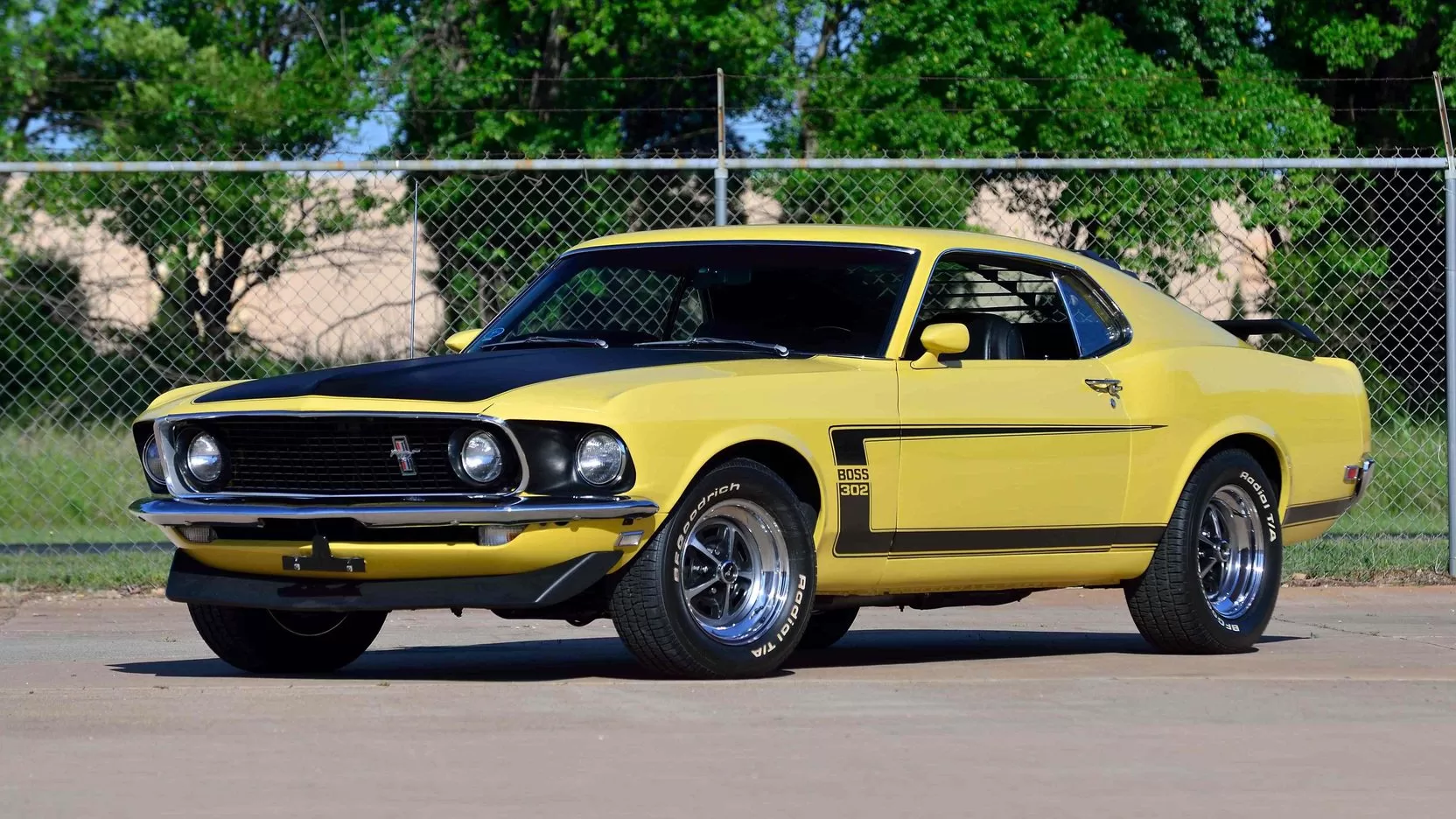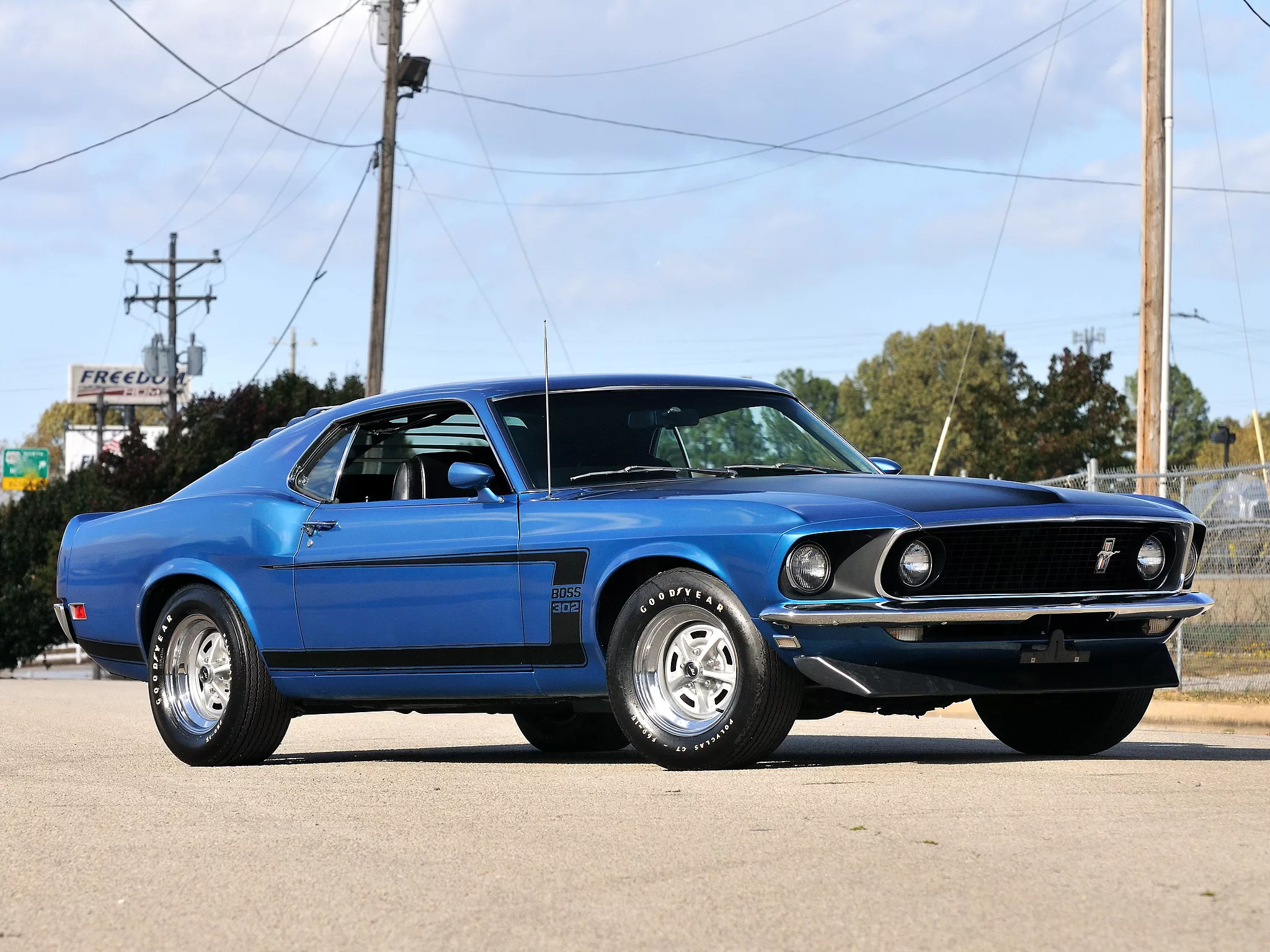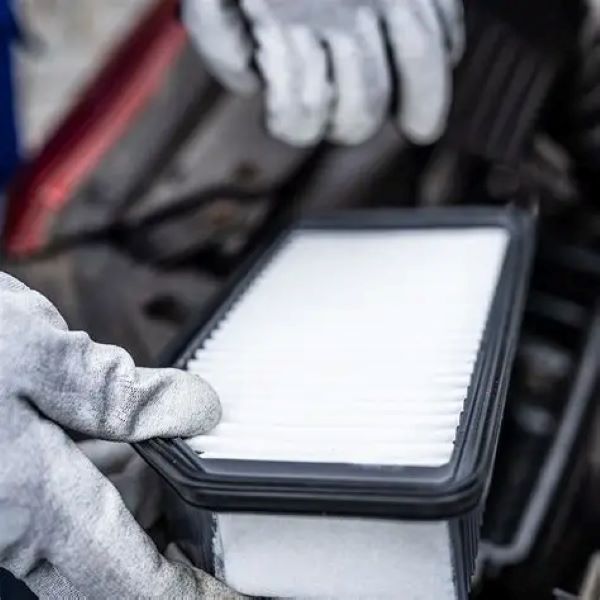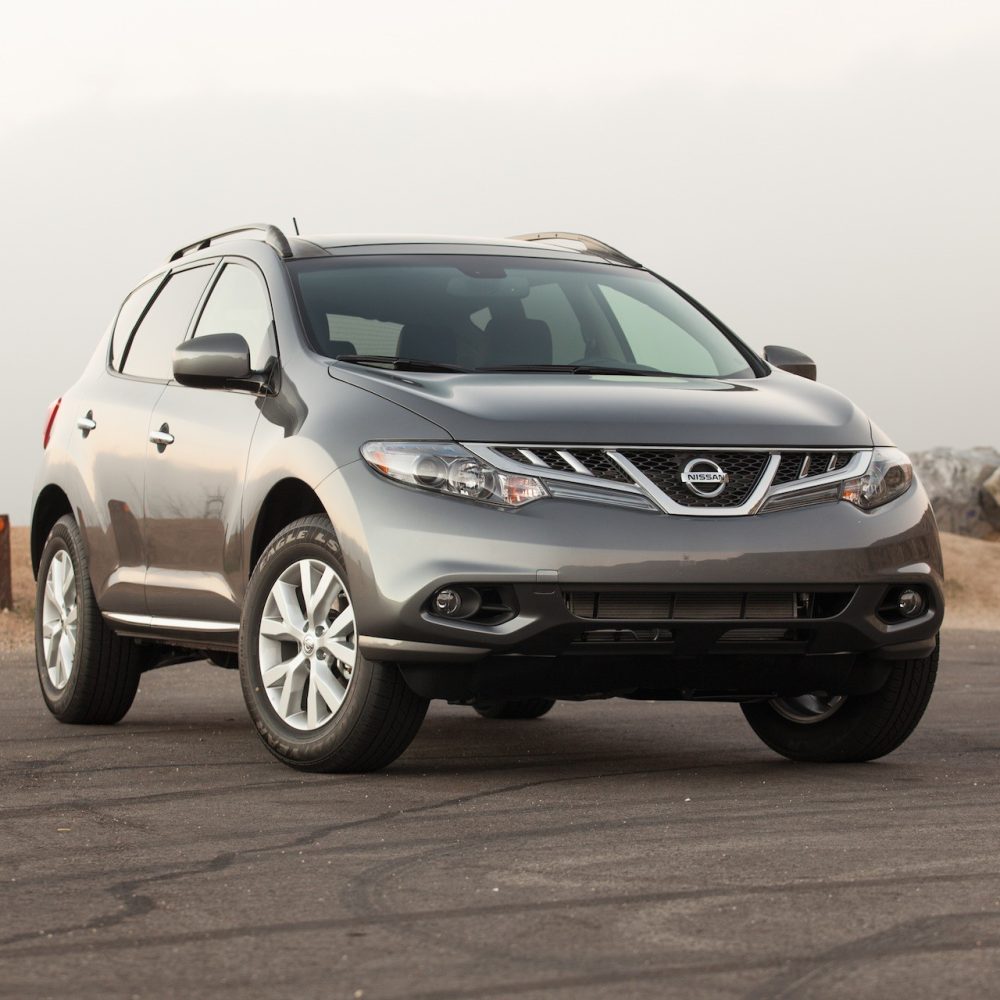1969 Ford Boss 302 – The Ultimate Mustang of the Classic Era
The legendary Boss 302 marked the peak of Ford’s performance efforts during the 1969-70 Mustang years. Developed for Trans Am racing homologation, the Boss 302 distilled Ford’s racing know-how into a street-legal package ready for the track. Its high-revving 302 V8, competition suspension and aggressive styling delivered razor-sharp capabilities aimed directly at rivals like the Chevy Camaro Z/28. The Boss 302 remains one of the most coveted and revered Mustangs from the golden muscle car era.
Race Bred 302 V8
At the heart of the Boss 302 was its specially built 302 cubic inch V8 intended for competition use. This high-revving “small block” featured solid lifters, forged internals and a race-style intake to produce 290 horsepower – the highest specific output of its day. The motor proved both powerful and flexible, with plenty of torque down low for street driving despite its racing pedigree. But it truly came alive near its 7,000 rpm redline when driven hard. This legendary powerplant defined the Boss 302’s personality.
Optimized Handling Dynamics
Not just quick in a straight line, the Boss 302’s chassis was comprehensively upgraded to match the V8’s potency. Stiffer springs and shocks lowered the ride height while improving handling precision. Front and rear anti-roll bars tamed body roll. Wider wheels accommodated grippy F60x15 tires. Power disc brakes with four-piston calipers provided excellent stopping power. With tight reflexes and minimal body roll, the Boss exemplified late-60s Ford chassis development expertise.
Unique Exterior Styling
While understated by today’s standards, the Boss 302’s appearance stood out among more sedate Mustangs. A unique matte black hood came adorned with hood pins. Prominent “Boss 302” decals left no questions about its pedigree. Rear window slats echoed the racing Mustangs. The standard front spoiler accented the lower stance. Available rear deck spoiler and traction bars further optimize downforce. The exterior updates looked fittingly competition-oriented for this track-capable Mustang.
Driver-Focused Interior
Like its exterior, the Boss’s interior focused on driving performance. High-back bucket seats kept occupants firmly planted during hard cornering. No power steering or brakes enhanced control feel. An engine oil pressure gauge joined the full instrumentation. The Hurst shifter enabled smooth, precise gear changes. Additional sound insulation was notably absent to provide unfiltered feedback. Spartan yet purposeful, the cockpit environment catered directly to serious drivers.
A Key Part of Mustang Lore
The Boss 302 earned a revered place in Mustang history for itsblend of style, performance and racing heritage. Many consider the hardcore yet streetable Boss 302 as the ultimate embodiment of the classic Mustang ethos. Just 1,933 Boss 302s were built in 1969, followed by another 7,013 for 1970. Of Ford’s Trans Am racers, it remains the closest to a production counterpart. For Mustang and Ford faithful, the Boss 302 stands as one of the brand’s most desirable high-performance icons of all time.





